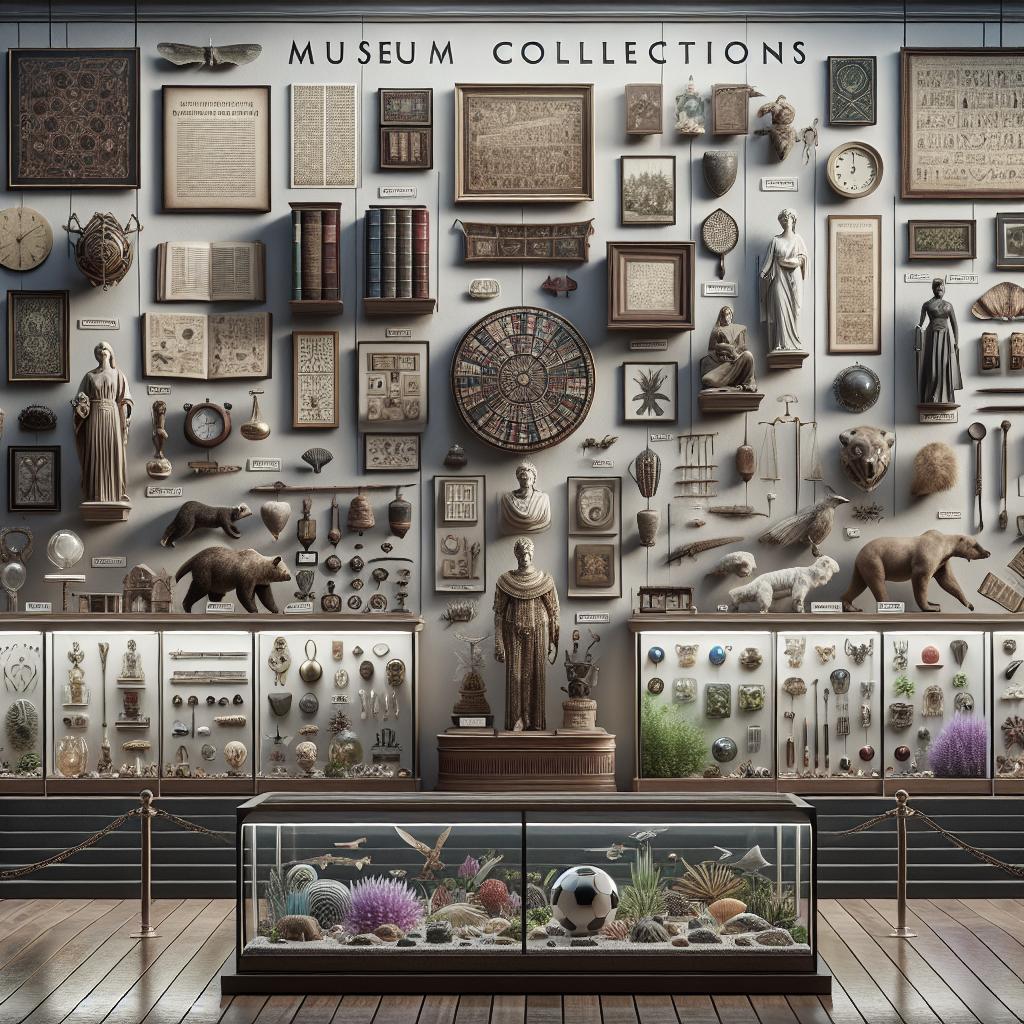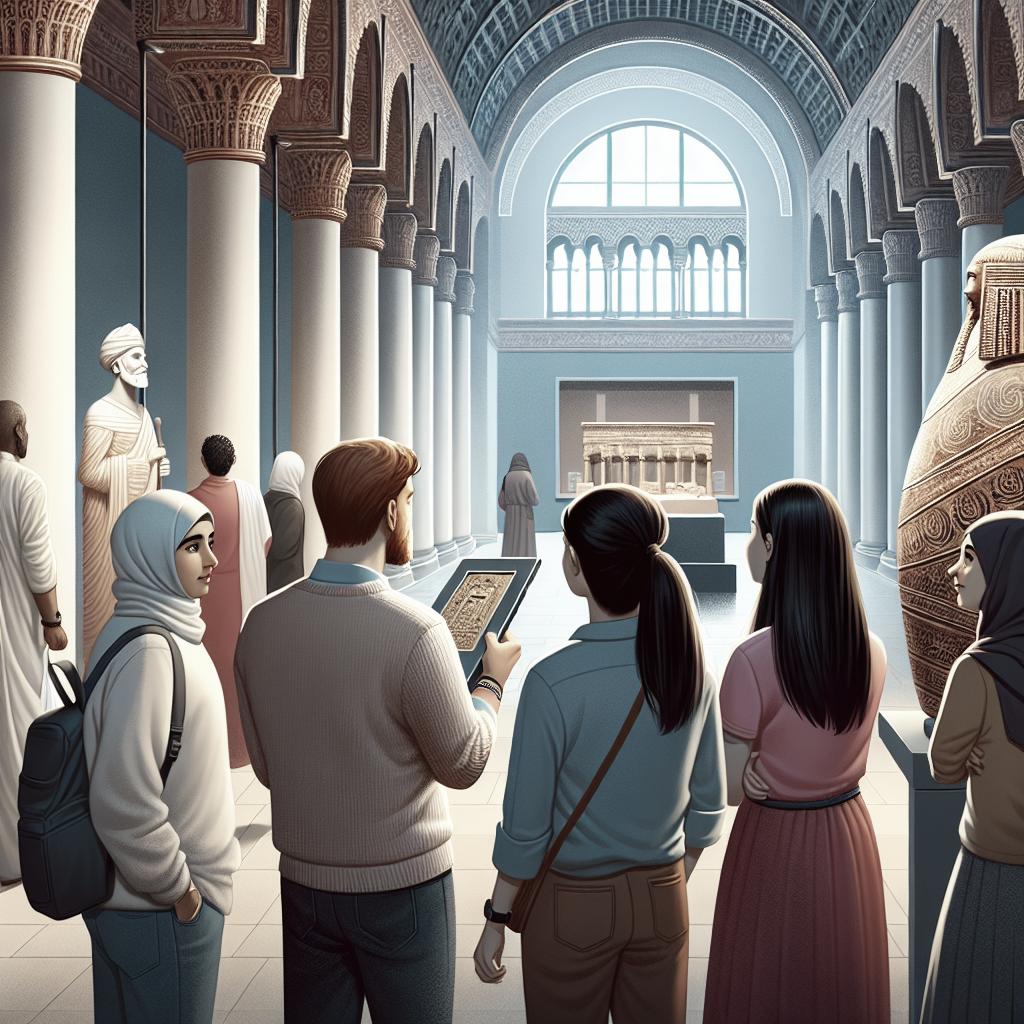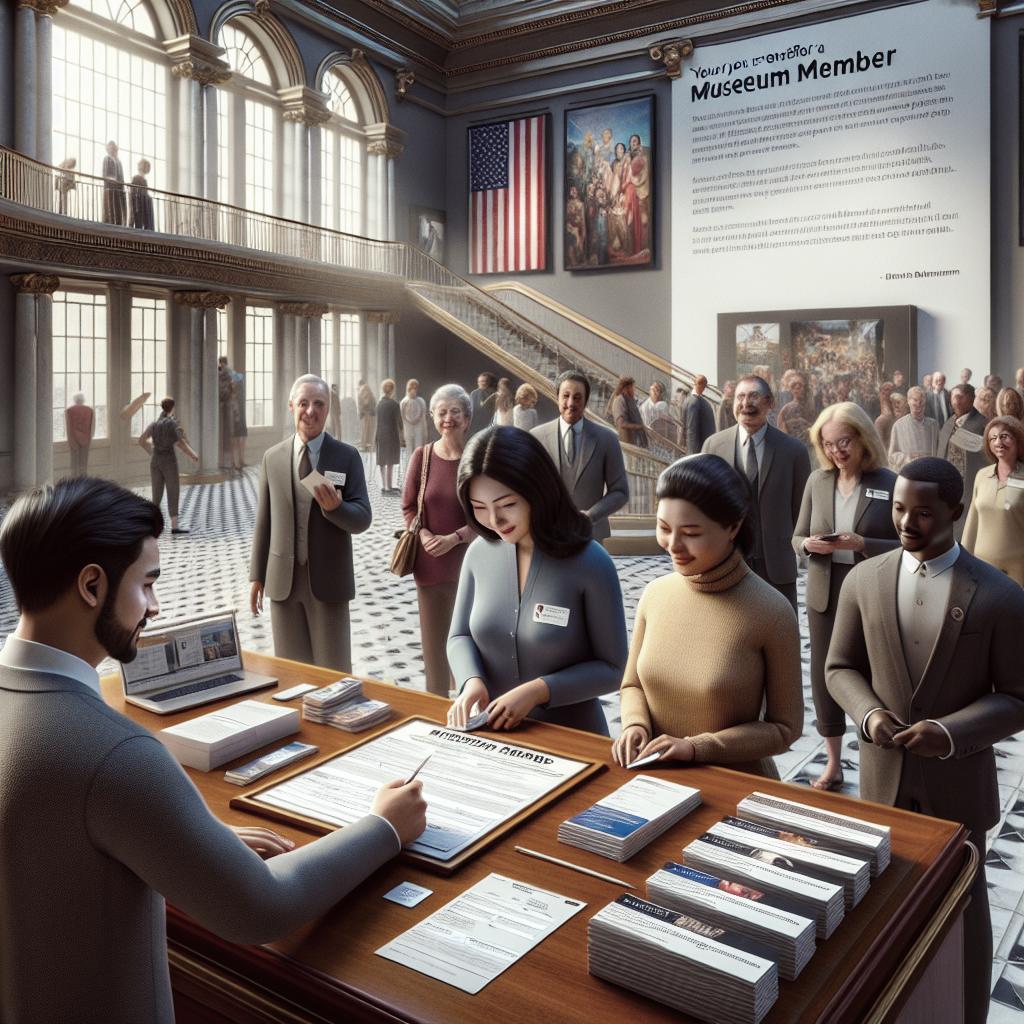Museum collections serve as vital repositories of cultural, historical, and scientific knowledge. These collections, often amassed over centuries, range from priceless art to everyday artifacts. This blog post explores various aspects of museum collections, including the behind-the-scenes curatorial work, the importance of in-depth object knowledge, and the efforts to reconnect with communities and artifacts. Additionally, it delves into how museums engage with their audiences and the ongoing dialogues surrounding these institution’s roles in modern society. Join us as we uncover the multi-faceted world of museum collections.
In the Storeroom
Hidden from public view, the storerooms of museums are treasure troves filled with wonders awaiting discovery. These collections can contain anything from ancient manuscripts to contemporary artworks, representing the breadth and depth of human creativity and history. Curators and conservationists work meticulously in these spaces, cataloging and preserving artifacts to ensure they remain in optimal condition. The hidden labor in storerooms is immense, involving careful climate control, delicate handling of materials, and thorough documentation.
Storeroom management includes the challenge of balancing limited space with the need to curate a diverse and representative collection. Curators often have to make critical decisions about what to display and what to store, ensuring that both the permanent and rotating exhibitions reflect the museum’s mission and educate the public. This unseen labor is crucial for preserving our cultural heritage, underpinning the public-facing work of exhibitions and educational programs.
Object Knowledge
Object knowledge is the foundation upon which the significance of museum collections is built. Researchers engage in a meticulous study of each artifact, uncovering its provenance, historical context, and unique characteristics. This process involves cross-disciplinary expertise, bringing in perspectives from archaeology, art history, anthropology, and more. Detailed knowledge about objects enables museums to create compelling narratives that educate and engage the public.
Beyond academic research, object knowledge also encompasses the practical aspects of conservation. Understanding the materials and techniques used in creating an artifact is essential for its preservation. For instance, knowing the type of pigments used in a painting informs the suitable environmental conditions for its display and storage. This deep object knowledge allows museums to maintain the integrity and authenticity of their collections over time.
Reconnecting with Communities
Museums are increasingly recognizing the importance of reconnecting with the communities from which their collections originate. This can involve collaborative efforts with indigenous groups and local communities to ensure their histories and cultural artifacts are represented accurately and respectfully. Co-curation and repatriation of artifacts are part of this evolving relationship, fostering a sense of shared stewardship over cultural heritage.
Initiatives such as community-based exhibitions and educational programs enable museums to become more inclusive and representative. By involving community voices in the curation process, museums can create more nuanced and relevant exhibitions that resonate with diverse audiences. This approach not only enriches the museum experience but also empowers communities to reclaim their narratives and cultural heritage.
Reconnecting with Artifacts
The process of reconnecting with artifacts involves rediscovering and reinterpreting objects within museum collections. This can happen through technological advancements, such as digital imaging and 3D scanning, which provide new ways to study and display artifacts. These technologies allow for more detailed examinations without risking damage to delicate items and can also enable virtual access to collections for a global audience.
Moreover, the reinterpretation of artifacts can offer fresh perspectives on historical narratives. Scholars and curators continually reevaluate artifacts in light of new research and contemporary understandings, often uncovering overlooked stories or insights. This ongoing process of reevaluation and reinterpretation keeps museum collections dynamic and relevant, opening up new ways for the public to engage with history and culture.
Connecting with Audiences
Museums strive to connect with audiences through a variety of means, ranging from interactive exhibits to educational workshops and public events. The goal is to make the museum experience accessible, engaging, and informative for visitors of all ages and backgrounds. By incorporating multimedia elements, hands-on activities, and storytelling techniques, museums can create immersive experiences that captivate and educate their audiences.
Digital platforms have also become crucial in extending the reach of museums. Virtual tours, online exhibitions, and social media engagement allow museums to connect with a global audience, breaking down geographical barriers. These digital initiatives not only enhance accessibility but also provide new opportunities for audience interaction and feedback, helping museums to continuously improve and innovate their offerings.
Conversation
The role of museums in society is an ongoing conversation that evolves with changing cultural and social dynamics. Museums are increasingly seen as spaces for dialogue and critical reflection, addressing contemporary issues such as social justice, environmental sustainability, and cultural diversity. By hosting discussions, debates, and collaborative projects, museums can foster a deeper understanding of these complex topics and their historical roots.
Moreover, the conversation around museum collections also involves ethical considerations regarding acquisition, ownership, and representation. Museums must navigate the delicate balance between preserving artifacts and respecting the rights and perspectives of originating communities. Transparency, accountability, and ethical practices are paramount in maintaining the public’s trust and ensuring that museums fulfill their role as custodians of heritage and knowledge.
Future Prospects
| Aspect | Description |
|---|---|
| In the Storeroom | Focuses on the hidden curatorial work and preservation efforts essential for maintaining museum collections. |
| Object Knowledge | Explores the importance of detailed research and understanding of artifacts for their significance and conservation. |
| Reconnecting with Communities | Highlights museums’ efforts to collaborate with originating communities for accurate representation and shared stewardship. |
| Reconnecting with Artifacts | Discusses the rediscovery and reinterpretation of artifacts through new technologies and ongoing research. |
| Connecting with Audiences | Describes strategies for engaging and educating diverse audiences through interactive and digital initiatives. |
| Conversation | Addresses the evolving role of museums as spaces for dialogue on contemporary and ethical issues. |


